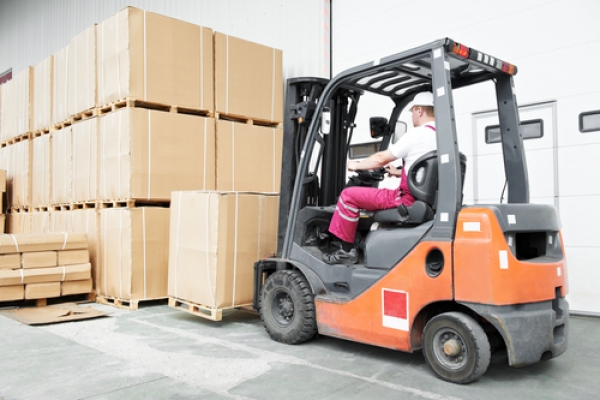
10 essentials of mobile equipment safety
10 essentials of mobile equipment safety
Mobile equipment is defined in Part 16 of the Occupational Health and Safety Regulation (OHSR) as “a wheeled or tracked vehicle which is engine or motor powered, together with attached or towed equipment, but not a vehicle operated on fixed rails or tracks.” In food processing and manufacturing environments, the major type of mobile equipment used is the forklift.
1. Equipment design and procurement
In many instances, the wrong type or model of mobile equipment is purchased for the workplace. Mobile equipment must be purchased with consideration given to what needs to be accomplished with it and where it is intended to be used. Capacity, maneuvering ability, size and dimensions, whether it is electric or fuel powered; options, equipment and compliance with applicable standards, are all issues which must be considered before purchasing mobile equipment.
2. Inventory of mobile equipment
All mobile equipment in the workplace should be identified and listed in an equipment inventory — either in hard-copy or electronic. The intent of the inventory is to identify mobile equipment through serial numbers and track maintenance, incidents and finally, disposal of each piece of equipment.
3. General operating requirements
General operating requirements for mobile equipment can include issues such as location of fueling or recharging equipment, requirements for seating and operator restraint, equipment speed limits, care of unattended equipment and loading of trucks or railcars. Employers must develop and implement such requirements, as well as instruct operators in them.

